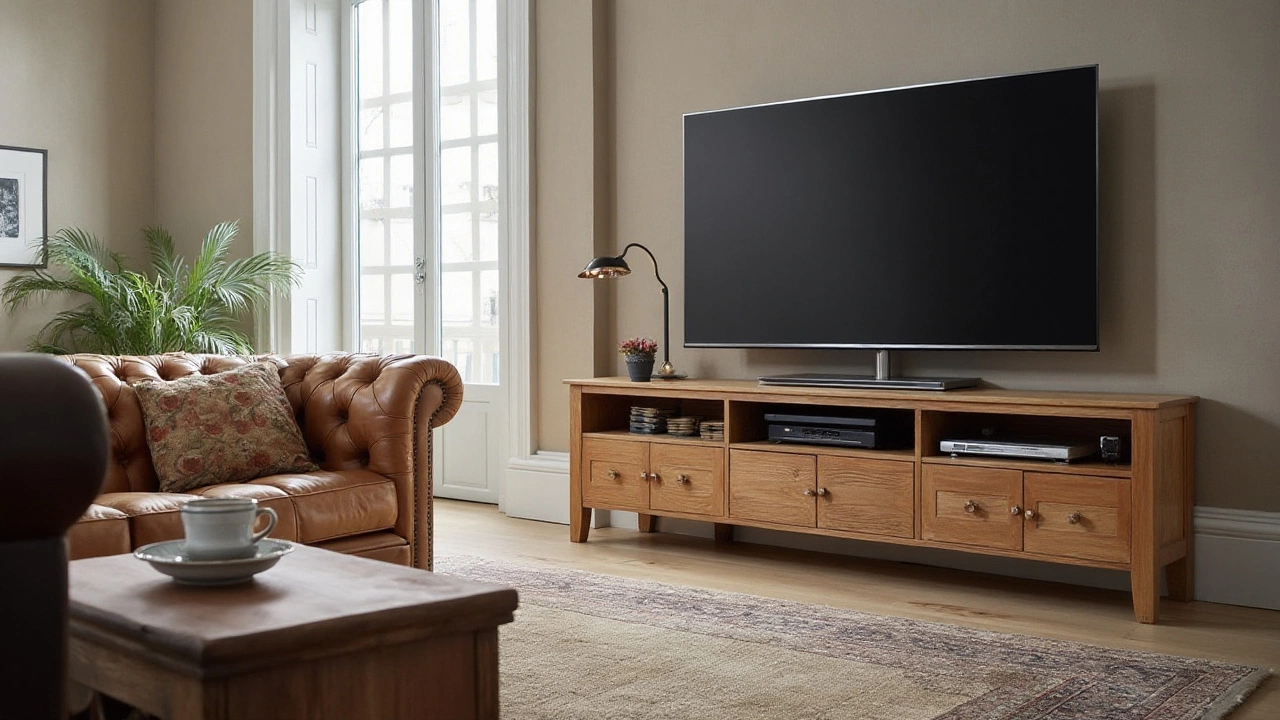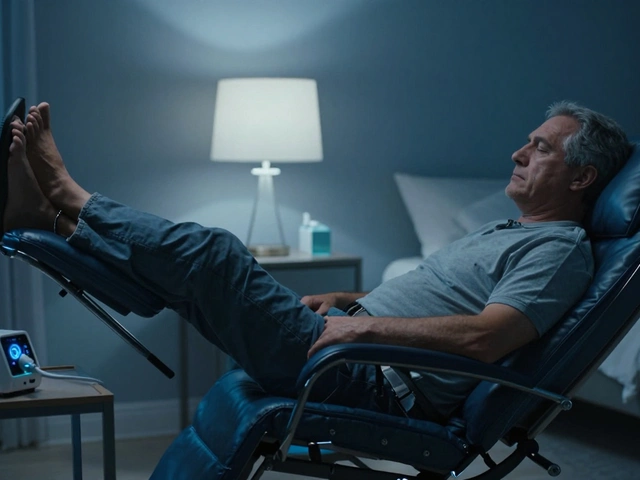TV Stand Compatibility: How to Choose the Right Stand for Your TV
Got a new screen and wondering which stand will work? It’s not just about looks – the stand has to hold the TV safely, fit the room, and keep the view comfortable. Below you’ll find the basics you need before you click ‘add to basket’.
Size Matters: Matching Your TV to the Stand
The first thing to check is the width of the TV. Measure from edge to edge at the front of the screen, not the bezel. Most manufacturers list the width in inches, but it’s easier to compare in centimeters if you shop online. A good rule of thumb is to pick a stand that’s at least as wide as the TV, but a few inches wider looks balanced and gives room for side speakers.
Next, think about the stand’s depth. Your TV’s back may have cables, ventilation slots, or a mounting plate. Make sure the stand’s surface is deep enough so nothing overhangs, which could lead to wobbling. If you plan to add a sound bar, add a few extra centimeters.
Height is also key. The ideal viewing height puts the screen’s center about eye level when you’re seated. Measure the distance from the floor to your couch seat, then subtract half the TV’s height. If the stand’s height is off, you can use low-profile legs or a rug to make the adjustment.
Safety and Stability: Weight & Mounting Tips
Every TV has a weight rating, and the stand must exceed that. Look for the stand’s load capacity in the product details. If you can’t find it, call the retailer. Overloading a stand isn’t just a squeaky‑floor problem – it can cause the TV to tip over.
Check the stand’s construction. Solid wood or metal frames provide the best stability. If the stand uses glass shelves, make sure the glass is tempered and at least 6 mm thick. Cheap particle‑board pieces may flex under heavy screens.
Don’t forget anchoring. If you have kids or pets, or if the stand sits on a smooth floor, secure it with the included brackets or a wall‑mounting kit. A few screws into the wall stud can prevent accidents during a quick clean‑up or an enthusiastic pet.
Finally, think about cable management. A stand with built‑in holes or a rear shelf helps keep power cords and HDMI cables tidy. Less clutter means less chance of tripping over wires.
Putting it all together, start by measuring your TV’s width, depth, and weight. Match those numbers to a stand that’s a bit wider, deep enough for ventilation, and rated for a higher weight. Choose solid materials, anchor it if needed, and tidy up the cables. Follow these steps and you’ll have a TV that looks great, stays safe, and gives you the perfect viewing angle every time.
Exploring Samsung TV Stand Compatibility: What You Need to Know
When purchasing a Samsung TV, many buyers wonder if the TV stands are interchangeable across different models. This article delves into the compatibility of Samsung TV stands, exploring why not all stands fit every model. Understanding these differences can help buyers make informed decisions, whether they're buying a new Samsung TV or replacing parts. Learn about the importance of checking model specifications and the trends in TV stand design.







